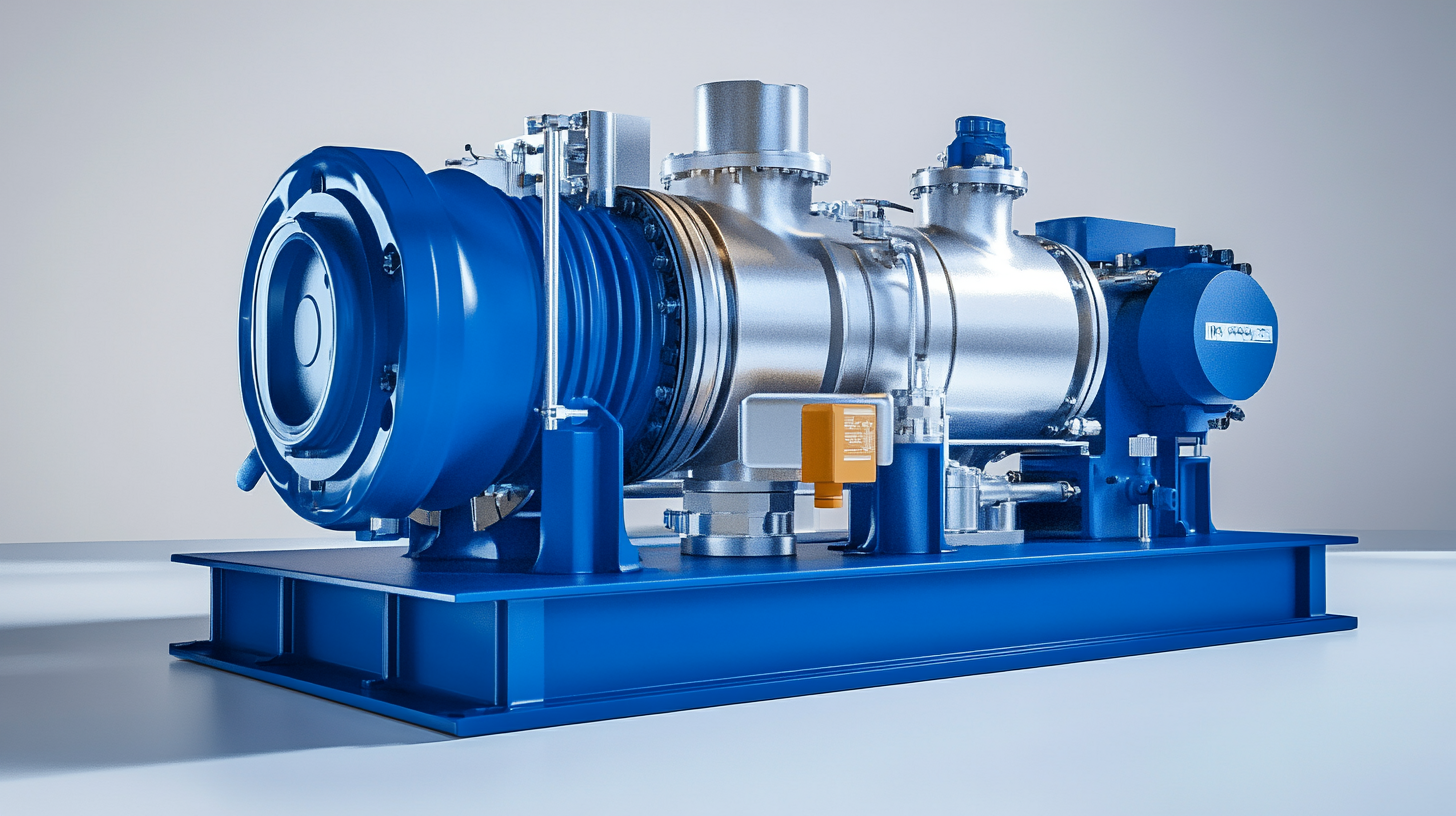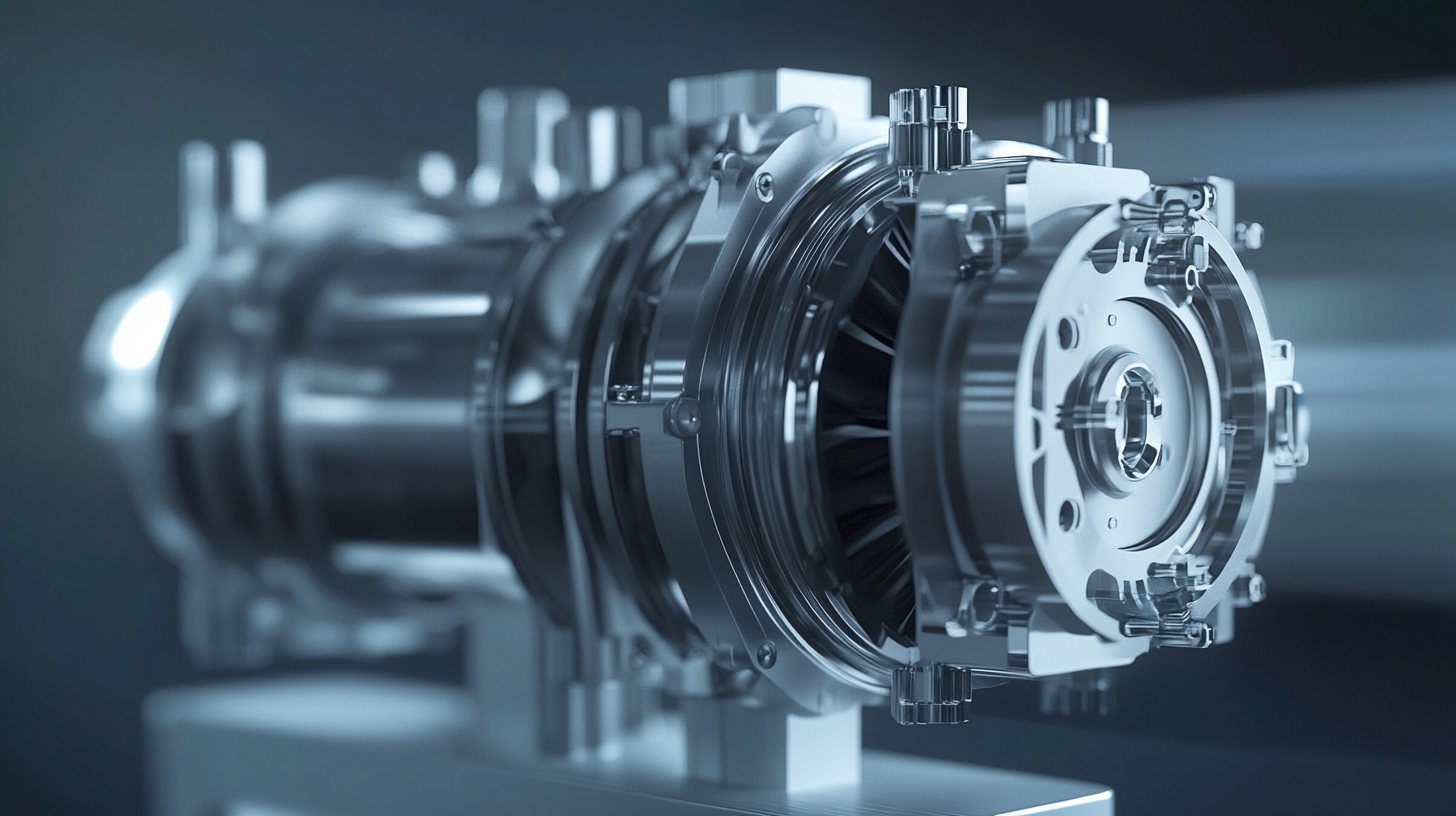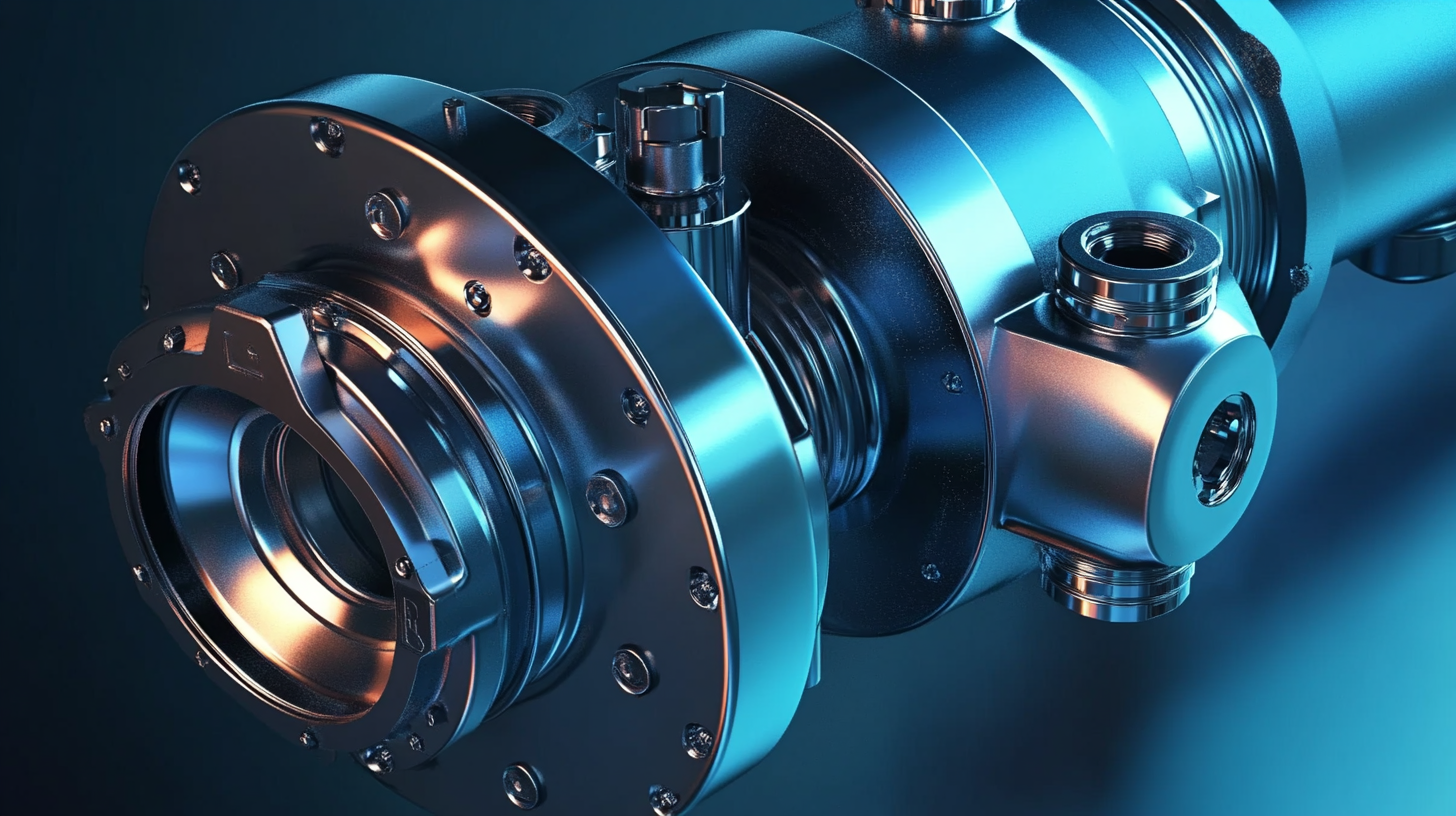Innovative Pump Technology Leading Global Market Trends in Efficiency and Sustainability
The global pump market is poised for revolutionary growth, driven by advancements in efficiency and sustainability. According to a report by Research and Markets, the worldwide pump market is projected to reach USD 92.81 billion by 2025, growing at a compound annual growth rate (CAGR) of 3.9% from 2020 to 2025. A key player in this movement is the Pumps Company, which is at the forefront of delivering innovative pump technologies that not only enhance operational efficiency but also align with sustainable practices. As industries worldwide adapt to stricter environmental regulations and heightened consumer demands for greener solutions, companies that prioritize innovative technologies are ahead of the curve.
Moreover, the transition to sustainable pump technologies is not just a regulatory response but also a market necessity. A report by the International Energy Agency (IEA) indicates that pumps account for approximately 20% of global electricity consumption in industrial applications. This highlights the significant potential for energy-saving technologies in the pump sector. By investing in cutting-edge designs and renewable energy integration, the Pumps Company is leading the charge towards a more sustainable future, setting new standards in the industry for what efficient and eco-friendly pumping systems should look like.

Emerging Pump Technologies Revolutionizing Energy Efficiency in Industries
Emerging pump technologies are at the forefront of the industrial revolution, driving significant improvements in energy efficiency and sustainability. As industries look to minimize their environmental impact, innovative pump designs are enabling businesses to not only reduce energy consumption but also lower operational costs. Recent advancements in materials and smart technology integration have paved the way for pumps that optimize fluid movement while consuming significantly less energy.
Among the most promising innovations are magnetic drive pumps and smart monitoring systems. Magnetic drive pumps eliminate the need for dynamic seals, which can often lead to leaks and energy loss. By using a magnetic coupling, these pumps ensure a more efficient transfer of energy, reducing maintenance requirements and enhancing durability. Meanwhile, smart monitoring systems leverage IoT technology to provide real-time data on pump performance. This allows operators to identify inefficiencies and potential issues before they escalate, ensuring that systems run optimally.
The push towards sustainability in pump technology is also being fueled by the transition to renewable energy. Companies are developing pumps that are specifically designed to work efficiently with renewable sources, such as solar and wind energy. For example, solar-powered pumps are increasingly being used in agriculture and water management, illustrating how innovative technology can meet energy needs while supporting the global initiative for greener practices. This revolution in pump technology not only bolsters energy efficiency in various sectors but also aligns with the broader goals of sustainability and environmental responsibility.
Sustainable Materials and Design Innovations in Pump Manufacturing
The centrifugal pumps market is undergoing significant transformation, driven by innovative materials and design advancements aimed at enhancing efficiency and sustainability. Recent studies indicate that materials like advanced alloys, polymers, and composites are becoming pivotal in the development of pumps that not only perform better but also meet stringent environmental regulations. According to a recent FMI study, these advancements are recognized as a hidden driver of market innovation and growth, positioning centrifugal pumps as essential components in industries focused on eco-friendly practices.
In parallel, the automotive sector is witnessing a surge in pump technology, attributed to breakthroughs in fuel transmission systems. This trend is poised to drive the automotive pumps market to steady growth, reflecting the industry's shift towards more sustainable and efficient vehicle technologies. As the global centrifugal pumps market is projected to reach USD 64,700 million, the emphasis on sustainable materials and designs will play a crucial role in meeting the demands of various applications from industrial to automotive.
Further reinforcing the importance of innovative materials in sustainability, initiatives like the Granarium project, winner of the Sustainable Materials Pitching Competition at Y Science 2024, highlight the growing trend of eco-conscious design. By integrating a circular economy approach into materials sourcing and manufacturing, the pump industry is becoming a vital player in addressing climate change and resource scarcity—a movement supported by over 100 ecological projects dedicated to sustainable innovation.
The Role of Smart Technology in Enhancing Pump Performance
The integration of smart technology into pump systems is poised to transform the industry by significantly enhancing performance and efficiency. According to a report by MarketsandMarkets, the global smart pump market is expected to reach $11.64 billion by 2025, growing at a compound annual growth rate (CAGR) of 7.1%. This surge is driven by the increasing need for energy-efficient solutions and the demand for pumping systems equipped with advanced monitoring and control features.
Smart technology facilitates real-time data collection and analysis, allowing for predictive maintenance and optimization of pump operations. By utilizing Internet of Things (IoT) integration, these systems can detect anomalies, forecast equipment failures, and reduce downtime, which is crucial for industries such as oil and gas, water treatment, and manufacturing. A study from the American Society of Mechanical Engineers indicates that the implementation of smart pumps can enhance energy efficiency by up to 30%, significantly reducing operational costs and environmental impact.
Moreover, the role of machine learning algorithms in smart pumping systems cannot be overstated. These technologies analyze historical operational data to determine optimal performance parameters, leading to smoother operations and decreased wear on pump components. A report from Frost & Sullivan highlights that industrial operators can achieve a reduction of up to 18% in energy consumption by leveraging these advanced analytics. As the industry shifts towards digital transformation, the adoption of smart technology in pump systems is not just an advantage but a necessity for sustainability and operational excellence.

Case Studies: Successful Implementations of Efficient Pump Solutions
Innovative pump technologies are reshaping global market trends, particularly in the realms of efficiency and sustainability. Companies like Ebara have showcased their advanced technologies at major expos, including the recent China International Import Expo, underlining the industry's commitment to innovation. The integration of smart solutions in pump systems has been found to enhance operational efficiency by up to 30%, as reported by the Global Pump Market Analysis 2023.
Case studies across various sectors highlight the transformative impact of efficient pump solutions. For instance, a recent implementation of a centrifugal pump system by Grundfos in a large-scale agricultural project demonstrated a 25% reduction in energy consumption. Similarly, the utilization of submersible pumps in wastewater management by Xylem has been linked to improved sustainability practices, achieving a 20% decrease in greenhouse gas emissions. Data from the International Pump Industry Report suggests that adopting energy-efficient pumping solutions can lead to a significant overall reduction in operational costs, making a strong case for investments in modern pump technologies.
These examples illustrate that the adoption of innovative pump solutions not only contributes to enhanced efficiency but also supports broader sustainability goals. With the global focus on reducing energy consumption and minimizing environmental impacts, the pump industry stands at the forefront of developing and implementing effective solutions that align with these priorities.
Future Trends: What’s Next for Sustainable Pump Technology?
The increasing urgency for sustainability in various industries has led to a transformative shift in pump technology, positioning it at the forefront of efficiency and eco-friendliness. As highlighted in recent discussions at the commercial vehicle sustainable development forum, the integration of innovations in pump design can directly support the broader goals of energy efficiency and reduced carbon footprints. Reports indicate that the global pump market is projected to grow significantly, driven by demands for water and energy efficiency—essential components in achieving net-zero targets.
As we look to the future, sustainable pump technology is evolving rapidly. According to the latest water and energy sector reports, water management practices are employing innovative pump solutions that not only optimize performance but also minimize energy consumption and environmental impact. For instance, advancements in materials and smart technology integration are expected to improve the lifespan and resilience of pumps, promoting biodiversity and environmental health—a principle encapsulated in the ancient wisdom of "Xunzi," where all living beings are interconnected.
Furthermore, the push for more sustainable practices is evident in the transition towards electric and smart pumps. This evolution signifies a crucial move toward aligning with green energy initiatives and reflects the trend seen in other sectors, such as the cosmetics industry's shift towards sustainability. As outlined in various industry analyses, investing in innovative pump technologies allows businesses to enhance operational efficiency while contributing to the overarching mission of protecting our natural ecosystems.



